Go Outside – Doctor’s Orders
When was the last time that you went outside, and I mean really went outside, and completely submersed yourself in nature? How did you feel? Refreshed? Relaxed? Were you unquestionably happier? It’s not just you; there is an inherent connection between humans and nature that is deeply linked to our mental and physical health. The health benefits of spending time outdoors are so valuable that doctors are now writing prescriptions for their patients to spend time in a green-space. Dr. Dorothy Ibes, a professor at W&M who studies parks and public health and directs the Parks Research Lab, has established a Parks Rx program in the Greater Williamsburg Area to promote this practice
GWA Parks Rx is part of an international health initiative that gives healthcare providers the tools to prescribe time outdoors to their patients. Two years ago, Dr. Ibes was taken by an article on the DC Parks Rx program that had been launched 4 years earlier by a pediatrician who runs low-income clinics within the DC metro area. Dr. Ibes decided that she wanted to pilot the Greater Williamsburg Parks Rx program to promote these healthy behaviors in a community that she feels very connected to. Through support from W&M Green Fees, the Charles Center, and the Environmental Science and Policy (ENSP) program, she and her student researchers in the Parks Research Lab spent the last year and a half auditing 44 parks in the Williamsburg area, recording 50 variables from each park that can be used to help match patients with their “ideal park.”
“We went out there and said, ‘Okay, how many garbage cans? How many picnic tables? Are there bathrooms? Are they open? Are there drinking fountains? Are they functional? Do they have walking paths? How steep are they? Can you go biking?’ … You name it, we collected information on everything that we could.”
Patients from all walks of life and with an array of health concerns can benefit from participation in the Parks Rx program, and the entire prescription process takes just 3 minutes. A provider simply logs on to the database constructed by Ibes and her students, and enters the patient’s preferences: how far from home do they want to go? How do they want to get there? What activities do they want to do outside? What amenities do they think they might need while they are there? The program then matches the patient with an ideal park based on their preferences. The healthcare providers fills out a prescription form, designating a day, time, and duration to go to a park each week. The patient logs each park visit, records their activity, and then brings the log back to their doctor to discuss their experience and alter their program as necessary.
It’s not a replacement for medication, but rather a “green supplement”.
So how exactly does being outside improve our health? “A lot of research shows that no matter what you do, if you do it outside, it’s better for your mental health,” says Ibes. This benefit comes from the mental health trifecta of being outside, being physically active, and being social. Further, engaging in physical activity outside, especially if done with a companion, increases the benefits that you gain from the outdoors. “Every minute you spend outside is like money in the piggy bank. It’s for your mental health if nothing else.” So far, Dr. Ibes has trained doctors at Sentara® New Town and the Student Health Center on W&M’s campus, in addition to staff at the W&M Counseling Center, all of whom are very excited about the program.
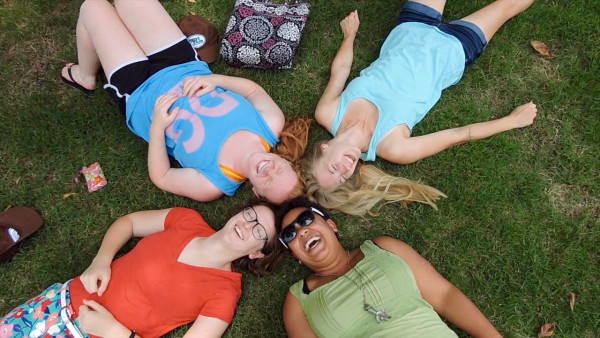
Summer 2015 Parks Research Lab student researchers, clockwise from upper left: Katie McElheny, Katie Johanson, Hannah Kwawu, and Hannah Cannon (not pictured: Robert Boyd and Tyler Treakle)
Not only does being outside have the power to encourage healthy behaviors, but it creates environmental connectedness and promotes environmental stewardship. It is important for us to protect park spaces as they hit all tiers of sustainability: social, environmental, and economic. Though most people tend to generally think of sustainability in terms of the environmental dimension, it is important to think about all three dimensions as they are interdependent. Parks may seem to be completely separate from the “wild nature” that we typically think of; however, they are important for maintaining ecological sustainability in developed areas and have been linked to an increased number of visitors to cities with green spaces. By having parks in cities, people can reap these benefits and become invested in sustainability and protecting natural spaces on a larger scale.
Perhaps, one of the biggest barriers between students and the health benefits of being outdoors is our addiction to technology. Being outside prompts non-directed attention that allows our brains to defrag after spending hours on end staring at our phones and computers. This constant directed attention towards our screens exhausts our brains and causes stress and anxiety. Even spending 5 minutes outside without being connected to our technology can have huge health benefits and help “reboot our brains.” So the next time that you are walking to class, put your phone away and just enjoy a little time outside to let your brain re-energize.
Looking for somewhere to start? Try one of Dr. Ibes’ Top 5 Outdoor Spots:
– York River State Park: It has everything that you could want to do outdoors, it’s beautiful and can be explored by foot, bike, or boat.
– Capital Trail: It’s great for biking, it’s off the street, offers beautiful Virginia scenery, and is very safe.
– Freedom Park: Nice hilly trails, great for hiking.
– College Woods and Matoaka Trails: Rejuvenating space close to campus for a quick escape, rent a free kayak or canoe from the boathouse and spend a little time on the water.
– Sunken Garden: a great place to break for a little green time in the middle of campus. Take just a few minutes between classes, sit on the side, and watch the trees and the people for a little while.
Interested in learning more about the Parks Research Lab?
– Check out their symposium on December 1,2015 at 3:30. Swem Media Center, RSVP at https://www.facebook.com/events/1524431217873590/
– Contact Dr. Ibes directly if you are interested in working in the lab. She is currently recruiting students from all disciplines to join the lab in Spring 2016, and will soon be soliciting submissions for summer fellowships.

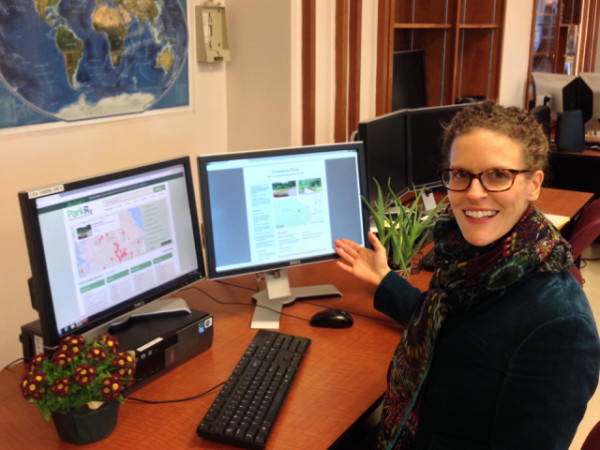
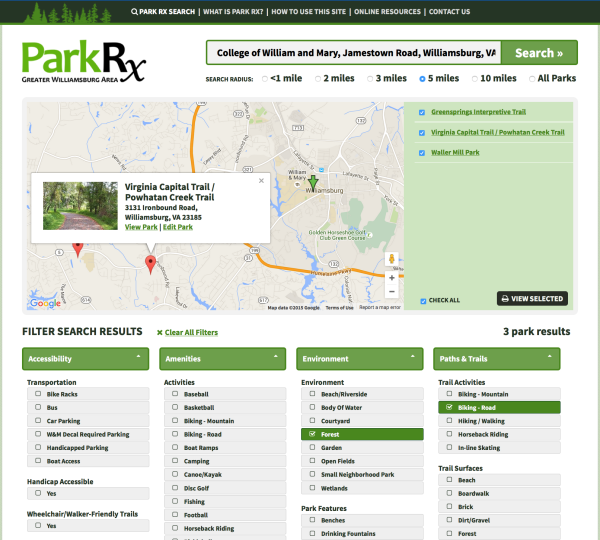

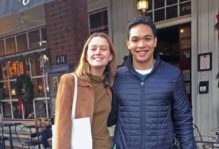
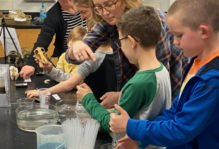
No comments.
Comments are currently closed. Comments are closed on all posts older than one year, and for those in our archive.